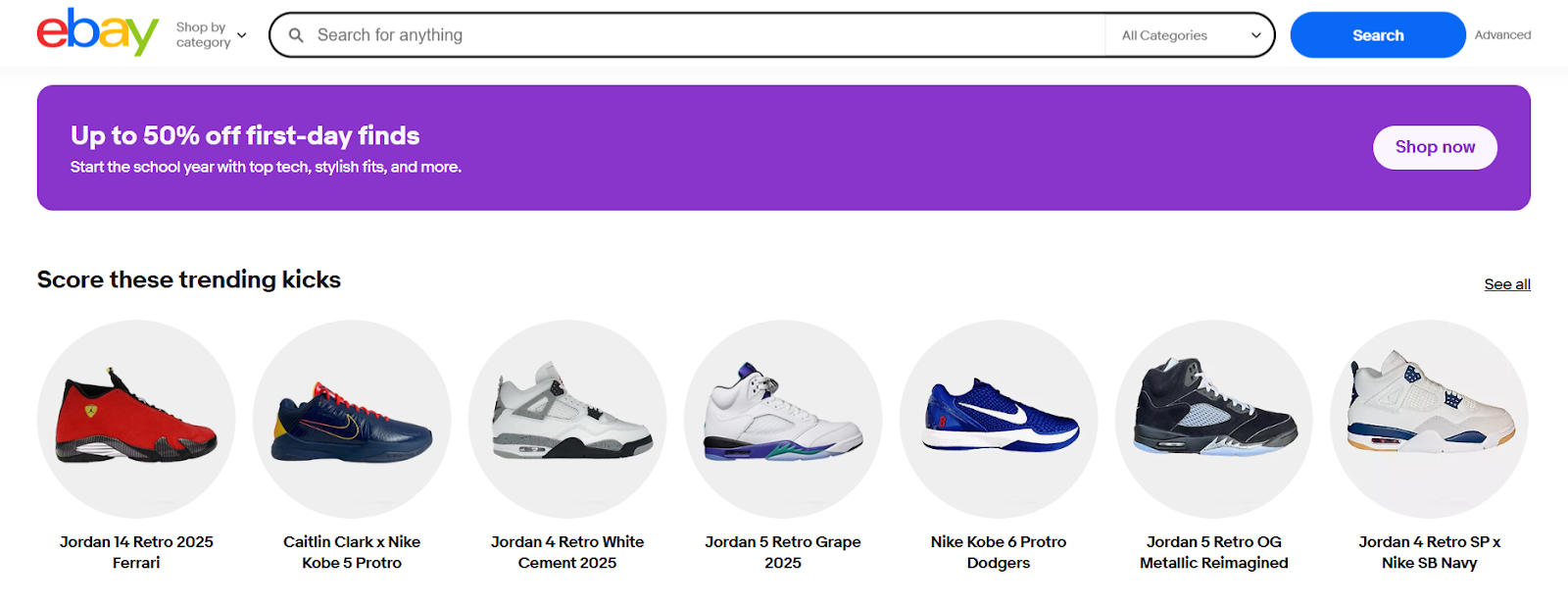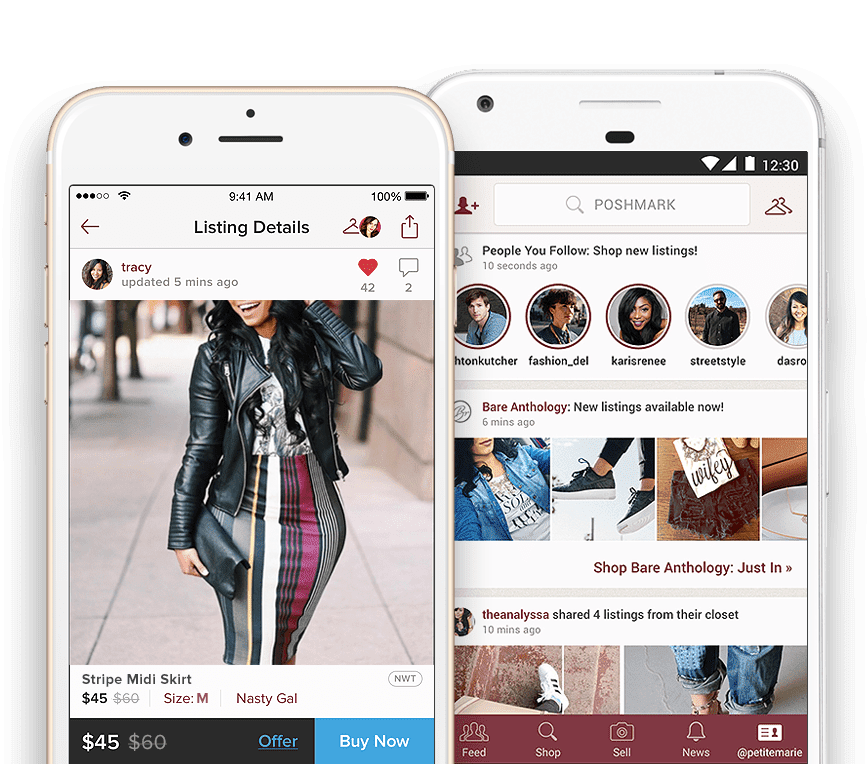In performance marketing, speed and scale are critical, but they don't come from working longer hours.
They come from better systems.
While most PPC marketers chase higher ROAS, few invest in the workflows that drive consistent results.
Meanwhile, eCommerce sellers have already solved this. Their multi-platform listing strategies are built around automation, batching, and repeatable processes.
What if PPC teams borrowed that same playbook?
What eCommerce Can Teach PPC About Workflow Efficiency
eCom sellers operate in complex environments. They manage product listings across platforms like Amazon, eBay and Poshmark - each with its own algorithms, audience and formats.
To keep up, they don’t rebuild from scratch.
They:
- Use templates to create product titles
- Batch product photography and copywriting
- Automate listings across channels
These aren’t shortcuts - they’re standard practice. And they save hours each week.
PPC marketers running campaigns across Google, Meta, and other platforms face similar challenges due to fragmentation.
Yet many still build each campaign from the ground up. That’s where workflow borrowing comes in

Google Ads vs Meta: Think Like eBay vs Poshmark
In the eCom world:
- eBay offers broad reach and high purchase intent - think of it like Google Ads.
- Poshmark is visual, lifestyle-driven, and discovery-based - much like Meta.
Smart sellers list their products on both.
They don’t bet everything on one platform. They distribute. They adapt listings slightly. And they let the market show where the traction is. Many streamline this process using a best crosslisting app to avoid repetitive work and speed up testing across marketplaces.

PPC teams should apply the same thinking:
- Clone successful campaigns across platforms.
- Adjust the creative to match the platform's tone.
- Let performance data guide optimization.
It’s not just about reach. It’s about liquidity, reallocating ad spend to wherever conversions are strongest.
Campaign Cloning: Save Time, Avoid Errors
Traditional PPC campaign setup looks like this:
- Manual ad group creation
- Unique headlines per platform
- Individual budget settings
- Separate asset uploads
- Performance tracked in silos
It’s time-consuming. Error-prone. And repetitive. It’s no different from an eCom seller manually cross-listing every product - if you’ve ever looked up how to cross list from Poshmark to eBay, you know how tedious that can be.
Compare that to a product seller using a tool to cross-list one product to three platforms in minutes.
PPC marketers can mirror that with:
- Campaign templates for ad structure
- Headline frameworks adjusted per platform
- Bulk upload tools for keywords and assets
- Scripts to automate bidding and performance actions
- Automated reporting dashboards to cut down on Data Studio build time
You don’t need to build everything from scratch. You need to build once, then deploy repeatedly.
4 PPC Tactics Inspired by eCom Sellers
Here’s how to translate eCommerce workflows into better PPC processes. Each tactic maps directly from an eCom method to a time-saving PPC move that improves consistency, reduces manual input, and drives better campaign outcomes at scale:
1. Batch Creative Production
eCom: Photo shoots for 20 products in a single session
PPC: Write 10 ad variants in one go and test across channels
Result: Increases speed and reduces decision fatigue. Repurpose what works across multiple client accounts or product lines.
2. Use Structured Templates
eCom: Consistent listing titles with keyword formulas
PPC: Pre-built naming conventions for faster setup and easier reporting
Why it works: It aligns teams, improves tracking accuracy, and streamlines performance analysis when managing dozens of campaigns.
3. Segment Platform Performance
eCom: Track which marketplace sells best for each product
PPC: Attribute conversions by funnel stage - Google for intent, Meta for awareness
Impact: Better budget allocation. Less guesswork. Smarter testing.
4. Automate the Repetitive Stuff
eCom: Software like List Perfectly handles cross-posting
PPC: Use tools like Opteo or Optmyzr to manage bids, budgets, and pausing low-performers
Net gain: Reduces human error and increases response speed to performance shifts.
This is how you reduce manual workload and free up time for high-impact optimisation.
Quick Wins for PPC Agencies and Freelancers
If you're managing multiple clients, these simple workflow changes can dramatically improve how fast (and cleanly) you execute:
- Clone instead of recreating campaigns
- Build a swipe file of winning copy angles
- Use naming conventions to cut reporting time
- Automate ad pausing and budget shifts
- Set up dashboard templates once, then re-use
These aren’t “nice to haves.” They’re the difference between scaling with control and chasing your tail every campaign launch.
Final Word: In PPC, Systems Win
PPC isn’t about effort anymore. It’s about efficiency per hour.
eCommerce figured this out already.
If sellers can scale 100 product listings with a few clicks, PPC marketers can absolutely scale campaigns the same way, through processes, templates, and automation.
Let your systems handle the workload. A streamlined workflow enables faster feedback, more effective creative testing, and frees up your time to focus on strategic decision-making rather than reactive tasks.
Manual grind doesn't scale. Smart workflows do.
So, stop hitting reset with every campaign. Build the machine once, then let it work for you.






















.gif)
.png)





